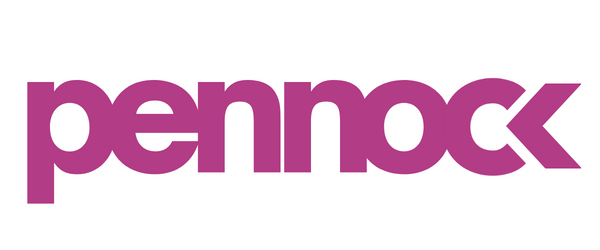Accelerating Trust with Team Members and Clients
Like many businesses aiming to survive the pandemic, we’ve encountered our fair share of turbulence. Our team dynamics, including who is on our team, how we work together, what is important to our individual and collective success, have evolved over the years. As I reflect on the non-ideal moments, I recognize my management style is the culprit.
Historically, at Pennock, my management style has allowed my direct reports to set their own way of working as long as the result for our clients fell within my definition of “The Pennock Way”. What often happened was at the last minute of any project (large and small alike) I’d “swoop and poop.” For one reason or another, the deliverable fell short of what I expected we’d deliver and we’d have to rebuild the work, within the deadline.
Through many coaching sessions, I’ve come to the realization that those laissez-faire days of management and “swoop and poop” tendencies are behind us. The pivotal moment in making the change was when my coach introduced me to Stephen Covey’s Speed of Trust. Through it, I learned how to implement a trust culture at our agency. I’ll share the simplest form of it here.
What is Trust?
(easy, right?)
Trust can be defined as mutual confidence, loyalty, or ethical behavior.
Trust is the ultimate root and source of our influence.
Trust affects us on all levels: societal, institutional, organizational, relational, and personal.
Trust is a function of two things
Credibility - our character and competence
Behavior - what we do and how we do it
“You can’t talk yourself out of a problem you behaved yourself into.”
There are Two Dimensions of Trust Credibility
Character, which is constant. Character is necessary for trust under any circumstance.
Competence is situational. Competence depends on what the circumstance requires.
Let’s dive into the components of credibility more, which we can illustrate as a tree system. In our tree, character components cover the roots and tree truck while competence is about the visual fruits of our labor.
While all of this seems so obvious, it’s actually a good topic to cover with your team so that they can recognize how people model self-trust. It also helps them identify ways to accelerate trust in relationships. Now that our whole team has been putting the trust tactics into action (and I am establishing more processes for our agency in general) we are a much happier, lighter group of folks to work with and are offering deeper, more meaningful relationships with our clients.


